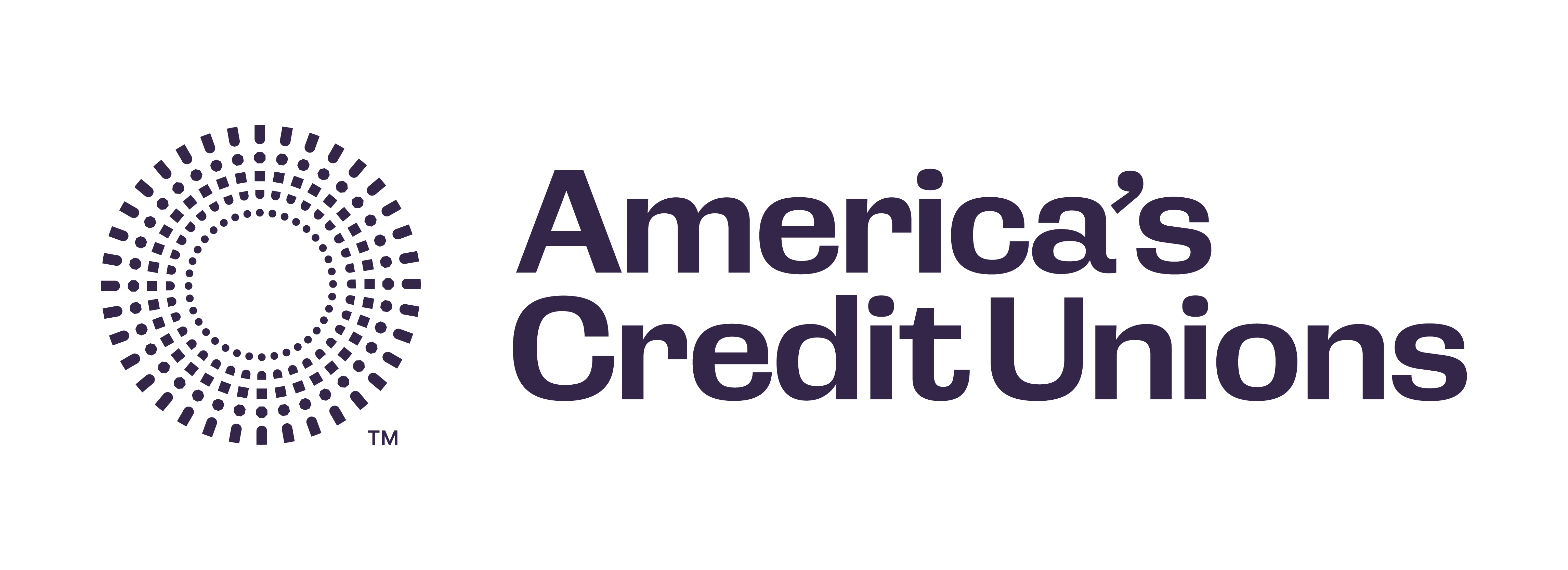Newsroom
FFIEC: Mortgage fraud on rise, schemes evolving
Mortgage fraud against financial institutions rose 23 percent from 2007 to 2008 and today constitutes a mix of familiar schemes and some new ones, including "buy and bail," "chunking," "double selling" and more.
These are among the findings of a mortgage fraud white paper that was updated and released Tuesday by the Federal Financial Institutions Examination Council, which includes NCUA and the federal bank and thrift regulators.
The white paper defines the types of schemes and the mechanisms used to perpetrate fraud, and it lists red flags that may be identified in the examination that could point to a real problem. It says the total dollar loss amount attributed to such fraud is unknown but that at least 63 percent of all pending FBI mortgage fraud investigations in fiscal 2008 involved losses of more than $1 million each.
Losses reported on suspicious activity reports filed by depository institutions totaled about $1.5 billion for fiscal 2008 and $1.2 billion for the first half of fiscal 2009, it says. But losses were reported in only 7 percent of mortgage fraud SARs filed in the period; in other cases, there either were no losses or the loss amount was unknown.
Some of the newer schemes are also explained:
- Buy and bail: A borrower current on an underwater mortgage, where the amount owed exceeds the home's value, applies for a purchase money loan on a similar house with current market value and walks away from the first loan.
- Chunking: A third party convinces an uninformed borrower to invest in property with no money down and with the third party acting as the borrower's agent. The third party, who often owns the property, submits loan applications to multiple institutions for various parties, retains the proceeds and leaves the borrower with several loans he can't repay. The financial institutions are forced to foreclose on the properties.
- Double selling: An originator accepts a legitimate application and documentation from a buyer, reproduces the information and sends it to separate warehouse lenders to each fund the loan.
- Equity skimming: A fraudulent appraisal is made that over-values a property, creating "phantom" equity that is later stripped out.
Fictitious loans, loan modification and refinance fraud, mortgage servicing fraud, phantom sales and other schemes are also discussed.
A single mortgage fraud scheme may use one or more mechanisms - asset rental, fake downpayments and identity theft are among these - and the paper addresses these as well.
To download the paper, follow the link below.
Share This
Related Resources
BSA Pulse – December 2023
Articles
CFPB Orders Bank of America to Pay $12 million
Examination & Enforcement Home-Secured Lending
Blog Post
Get daily updates.
Subscribe to NAFCU today.
